
Brake for Forklift - A brake drum is wherein the friction is provided by the brake shoes or brake pads. The shoes or pads press up against the rotating brake drum. There are a few other brake drums kinds along with particular specific differences. A "break drum" will usually refer to if either shoes or pads press onto the interior exterior of the drum. A "clasp brake" is the term used to be able to describe when shoes press against the outside of the drum. One more type of brake, known as a "band brake" uses a flexible belt or band to wrap all-around the outside of the drum. Where the drum is pinched in between two shoes, it could be referred to as a "pinch brake drum." Similar to a standard disc brake, these types of brakes are rather rare.
Early brake drums, before 1955, required to be constantly modified to be able to compensate for wear of the drum and shoe. "Low pedal" can result if the required adjustments are not carried out sufficiently. The motor vehicle could become dangerous and the brakes can become ineffective when low pedal is mixed along with brake fade.
There are a variety of Self Adjusting Brake Systems presented, and they can be categorized within two main kinds, RAD and RAI. RAI systems have in-built equipments which prevent the systems to be able to recover if the brake is overheating. The most popular RAI makers are Lucas, Bosch, AP and Bendix. The most well-known RAD systems comprise AP, Bendix, Ford recovery systems and Volkswagen, VAG.
The self adjusting brake would usually just engage if the lift truck is reversing into a stop. This method of stopping is acceptable for use whereby all wheels utilize brake drums. Disc brakes are utilized on the front wheels of motor vehicles nowadays. By operating only in reverse it is less possible that the brakes will be adjusted while hot and the brake drums are expanded. If tweaked while hot, "dragging brakes" could occur, which increases fuel consumption and accelerates wear. A ratchet device that becomes engaged as the hand brake is set is another way the self adjusting brakes could operate. This means is only suitable in functions where rear brake drums are utilized. Whenever the parking or emergency brake actuator lever goes over a specific amount of travel, the ratchet improvements an adjuster screw and the brake shoes move toward the drum.
There is a manual adjustment knob located at the bottom of the drum. It is typically adjusted through a hole on the opposite side of the wheel and this involves getting under the forklift using a flathead screwdriver. It is of utmost significance to move the click wheel correctly and tweak each and every wheel equally. If uneven adjustment happens, the vehicle could pull to one side during heavy braking. The most efficient method to be able to guarantee this tedious task is done carefully is to either raise each wheel off the ground and hand spin it while measuring how much force it takes and feeling if the shoes are dragging, or give every\each and every one the exact amount of manual clicks and then do a road test.
![]() Click to Download the pdf
Click to Download the pdf
Forklift Parts


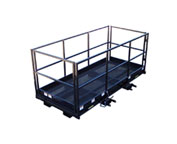
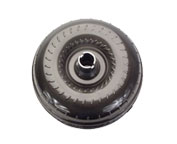
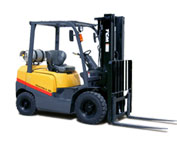
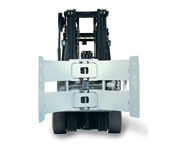

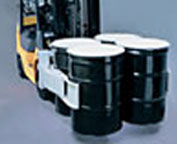
Lift Parts Express
TOLL FREE: 1-888-695-7994
LOCAL: 510-984-3209
248 3rd Street #560
Oakland, California
forkliftpartsoakland.com
Email Us
About Us



